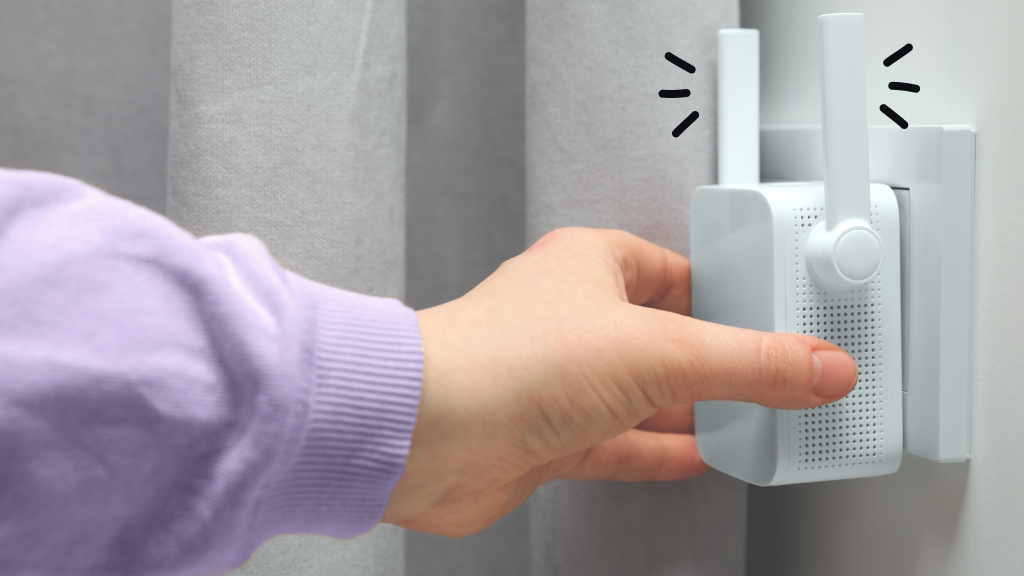Sometimes, your Dell® laptop seems to have a mind of its own. It suddenly freezes up during a crucial work presentation or while you're deep into a creative project. It's as if your laptop decides to hit pause right when you need it most.
But that’s where we come in. With Asurion, it’s more than a quick fix. It’s top-tier tech care that keeps you covered—no matter what life throws at you and your devices whether it’s a black or blue screen or your laptop won’t charge. Here’s what to do when your Dell laptop is frozen.
Common causes of a frozen Dell laptop
Before diving into solutions, it's helpful to understand what might be causing your Dell laptop to freeze.
- Software issues. Sometimes, a recent update or program might cause your system to freeze.
- Hardware problems. Problems with components like the hard drive, memory, or graphics card might cause your laptop to become unresponsive.
- Insufficient memory or storage space. When your laptop is running low on RAM or storage space, it can cause the system to freeze or become unresponsive, especially when running multiple applications.
How to unfreeze a Dell laptop quickly
If your Dell laptop suddenly becomes unresponsive, don't worry—there are a few quick solutions that can help get it back up and running in no time. Here’s how to unfreeze your Dell laptop quickly.
Close apps in Task Manager
Start by trying to close the frozen application or program. Press Ctrl + Alt + Delete simultaneously. Then, select Task Manager and end unresponsive apps or tasks.
Disconnecting power sources and peripherals
If your laptop is still frozen, unplug any external devices, such as external drives or keyboards, and disconnect the power adapter and remove the battery if it’s removable.
Wait a few seconds before reconnecting everything and turning the laptop back on.
Using the Power button to force a restart
If your laptop remains frozen, you may need to force a restart. Press and hold the Power button for 10–15 seconds until the laptop turns off. Wait a few moments, then press the Power button again to restart the laptop.
Try Safe Mode
Starting your laptop in Safe Mode can help troubleshoot and resolve freezing issues. In Safe Mode, only essential system processes will run, allowing you to diagnose and fix the issue.
Update your software
Keeping your software up to date can prevent future freezing issues. Check for and install any pending updates for your operating system and drivers. Outdated software can cause compatibility issues that might lead to freezes. Here’s how:
- Open the Start menu.
- Select Settings.
- Select Windows Update > Check for updates.
If you've tried these steps and still need a little help, we're right around the corner. Schedule a repair at the nearest uBreakiFix® by Asurion store and our certified experts can get your device back up and running as soon as the same day.
Tips to avoid future freezing on Dell laptops
Here are a few ways you can avoid your laptop freezing in the future.
Keeping software up to date. Regularly updating your operating system and applications ensures you have the latest fixes and improvements. This can prevent bugs and compatibility issues that may cause freezing.
Regular maintenance and cleanup. Perform routine maintenance to keep your laptop running smoothly. This includes clearing out temporary files and checking for malware or other issues.
Ensuring adequate ventilation and cooling. Overheating can cause your laptop to freeze. Make sure your laptop is well-ventilated and the cooling system is functioning correctly to avoid hardware issues. Avoid using it on soft surfaces that can block air vents, and clean the vents periodically to remove dust buildup.
Upgrade your computer’s RAM.
Adding more RAM can improve your computer's speed and ability to handle multiple tasks simultaneously and without freezing. Installing new RAM on a laptop can be tricky, so we recommend contacting a tech expert for help with computer memory upgrades.





